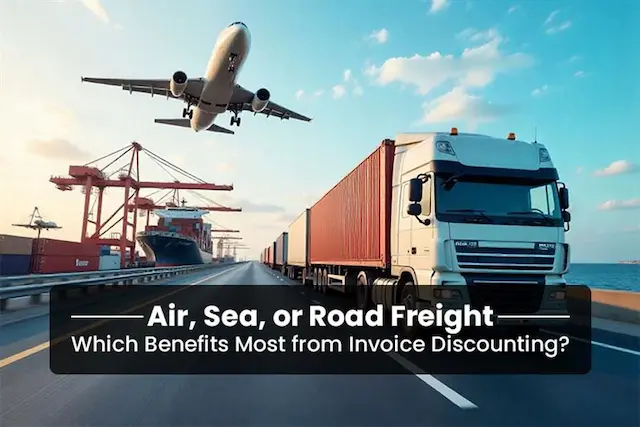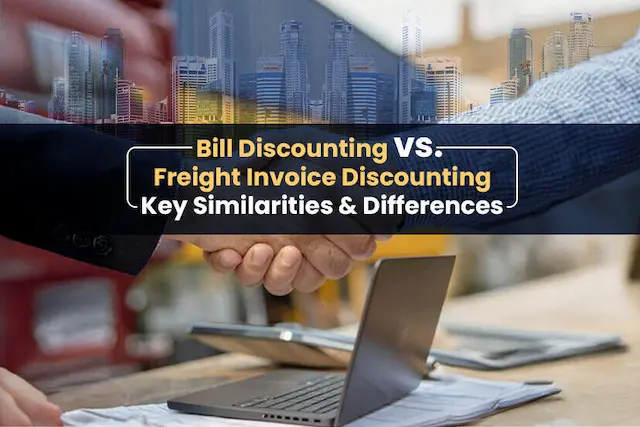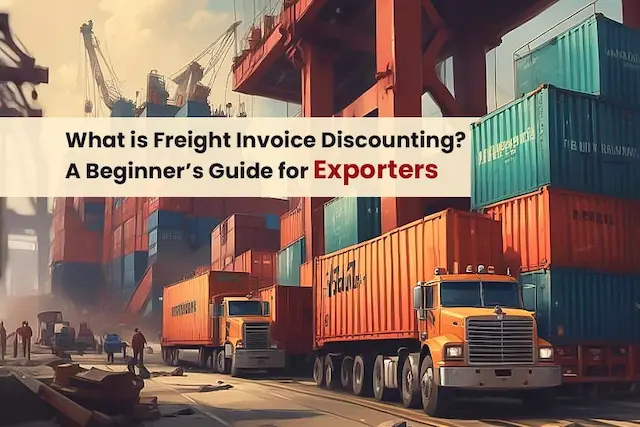With the start of 2025, businesses are now adopting more flexible methods of financing to control their cash flow. Among the more popular options is invoice discounting, which lets businesses access capital locked in unpaid invoices, supplementing their struggling cash flow.
This article will look at significant invoice discounting trends for 2025. We will also highlight how these trends can affect your company. So, let’s get started!
Introducing Invoice Discounting: What Does It Actually Mean?
An example of short-term debt is invoice discounting. A company sells its outstanding invoices to a cash advance lender and gets money right away. The business does retain control of its customer accounts, as the seller is liable for payment collection.
This is a typical financial solution for small and medium enterprises (SMEs) who are in search of quick funding without the limitations of a conventional loan. This financing approach can be used to cover routine operating costs, pay for expansion endeavors, or even maintain operations during cash flow issues.
#1. AI Technology Making Risk Evaluation Easier
Since AI technology debuted, countless invoice discounting services rely on the technology to evaluate risk for unpaid invoices. Unlike previous models that heavily relied on a customer’s credit score or their past records, AI tools now depend on real-time data. These tools can monitor payment patterns, customer behaviour, and market sentiment to help determine whether a business qualifies for funding.
This makes it easier for fresh customers or businesses with a thin credit file to get funded. It also allows lenders to make more informed decisions to the benefit of all parties involved.
#2. Entirely Automated Invoice Financing
There is greater automation of other services that integrate invoice financing directly to platforms that a business already uses. In 2025, many companies have started utilising tools such as accounting software, online marketplaces, and ERP systems. These platforms have also incorporated invoice discounting features.
This implies that when a business creates an invoice, it can apply for funding instantly. There is no need for additional forms or visiting a bank. It saves time and also offers access to funds, which is necessary for expanding businesses that need money to keep their operations running seamlessly.
#3. Enhanced Rates for Eco-Friendly Businesses
More lenders are providing ESG-linked accounts receivable financing. ESG identifies the environmental, social, and governance factors attributed to it. This also means that green businesses, good employers, and transparent companies are more likely to get easier approval and better rates.
For example, if your company is involved in community development projects or uses green packaging, lenders may view you from a lower risk perspective. In return, you may enjoy lower interest rates or improved repayment conditions.
This is believed to rise further, particularly from the viewpoint of investors and lenders who seem to care more about the responsible side of a business than its profit-making ability.
#4. More Use by MSMEs and Exporters
In 2025, the leading consumers of accounts receivable financing will be Micro, Small, and Medium Enterprises (MSMEs) and exporters. These businesses face payment delays from foreign clients and lengthy payment processing.
They are able to unlock cash flow quickly from unpaid invoices through invoice financing. Digital platforms have also simplified cross-border transactions. Many service providers support multiple currencies, offer quick digital onboarding and instant funding, simplifying access for MSMEs.
It assists in enhancing the financial health of smaller firms, helping them compete globally in an ever-evolving environment.
#5. More Transparency and Real-Time Information
In the past, invoice discounting did not seem to be straightforward. Businesses were often unaware of their funding’s current progress and the fees being charged. This has changed in 2025.
Platforms today come with real-time dashboards and automated reporting capabilities. They enable businesses to check which invoices are discounted, how much money is disbursed, and when repayments are due. The availability of this kind of financial insight assistance enables better business decisions and precise planning far into the future to avoid unforeseen contingencies.
Unambiguous data enhances the confidence level of the lender and borrower, and this is critical for nurturing relations over time.
What Businesses Should Do Now?
If a business is planning for an optimised cash flow and peak discounts in 2025, finding ways on how invoice discounting would be a great start.
Start by analysing the invoicing system. Does it communicate with financing platforms? Is your firm tracking the receivables? Are there any ESG initiatives being undertaken that can enhance borrowing resources?
Picking the ideal invoice discounting partner is essential. Ensure the provider guarantees digital account access, rapid approvals, and transparent agreements.
Conclusion
Invoice discounting is far simpler, smart, and speedy to discount an invoice in 2025. With the advent of AI, integration of platforms, and environmentally sustainable governance (ESG)-rated services, businesses have more options than before. From exporters to growing MSMEs, even startups must keep track of these changes to utilise cash flows better. Quick approval and transparent pricing set Credlix apart from other companies. Their exporters and MSME-focused selling services are also completely digital. In markets where timely cash flows mean everything, having the right tools can set your business ahead of the competition.





